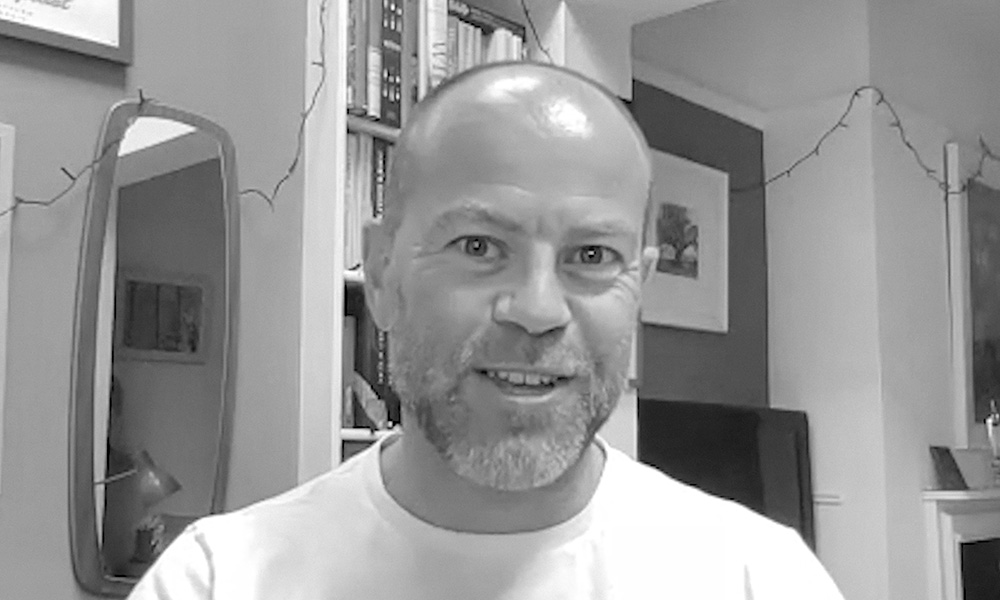
Photograph: Sam Moqadaml/Unsplash
Disruption is hardly new: it has always been on the enterprise agenda, and effectively defined the methodology and practices of the hungry start-up. But it hasn’t been as consistent, as relentless and as widespread as it has been over the past year. Disruption has not been confined to one area or industry, but a global event that has ignited rapid digitisation and accelerated technology adoption.
It has driven the world into an age where data and insight is king, and put pressure on the enterprise to invest into tools and solutions that both reduce costs and help people work more efficiently – in effect, solutions that embed ongoing agility.
The pandemic has redefined the world of work and transformed how both employer and employee engage with business. Now it is time to shape this disruption into organisational agility that has long-term value and gets results.
Equipping employees
The future of work is reliant on the organisation’s ability to embrace remote working and a geographically diverse workforce, and to put the right tools in place that fully realise the potential of that workforce.
The pandemic has redefined the world of work and transformed how both employer and employee engage with business. Now it is time to get results.
Employees, regardless of location or preference, still need to engage with the business and collaborate with one another to get results. Agility lies not just in allowing for this remote workforce to evolve, but in how the business approaches the technologies, frameworks and methodologies that enhance this evolution.
The global pandemic was just a confirmation that the enterprise can thrive working from anywhere. This freedom to work from any location isn’t a perk anymore: it’s the next normal of work, and it has opened up new ways of approaching how organisations engage with employees and catching the attention of sought-after talent.
Flexibility across the board
It’s very likely that labour contracts and approaches to employee retention will evolve alongside the new ways of working. Currently, contracts and employment engagements tend to focus on the traditional working schedule (the 9-to-5 work day with 21 days of leave).
This will change in the agile workplace. Instead of hours, people will be contracted on services, key performance indicators (KPIs) and measurable objectives. They will be paid according to what they deliver as a service and how well they deliver it. If they can do their work in four hours a day, the rest of the day is theirs, not the company’s.
It’s an evolution in how organisations look at their key resource – people. And how this resource can be more effectively managed to reduce overheads and the HR burden, while simultaneously attracting the right talent.
In the current climate, there are skills that are incredibly hard to find and retain, such as data scientists, cybersecurity specialists, and artificial intelligence (AI) engineers. These are the skills that are most needed by organisations looking to gain an advantage in a hyper-competitive, volatile market. If the enterprise can offer packages that are customised around deliverables and capabilities – as opposed to hours and mandated time at the desk – then they are already ahead of the pack.
This freedom to work from any location isn’t a perk anymore: it’s the next normal of work, and it has opened up new ways of approaching how organisations engage with employees and catching the attention of sought-after talent.
This change is not just evident within the enterprise, either. It’s a trend shaping how talented people approach their own future and work structures. They are evolving their own skills and packages to align with the service-driven economy, to become as agile as possible in a world that sits constantly on the edge of change.
Working practices as agile as the digital world
Skilled employees will be paid for what they deliver as a service. Companies are paying a lot of money for eight hours a day, forcing people to sit at their machines for mandated periods of time. Imagine if this evolved to become as agile as the digital world? Where contracts, working hours and methodologies are flexible, fitting into the spaces they are needed.
People have tasted the future of work. They’ve discovered what it means to combine working from home with life. They’ve found new ways of having meetings and ticking off their to-do lists while spending time with their families and living their lives. Will they really want to go back to a desk when the pandemic dies down?
Agility lies not just in allowing for this remote workforce to evolve, but in how the business approaches the technologies, frameworks and methodologies that enhance this evolution.
It’s about customisation, too: flexible ways of working will not fit every industry and individual. Some prefer the office, others the home, and others can’t do their work from anywhere but the physical place of business. Agile working practices aren’t defined just by home or remote work, but by the organisation’s ability to adapt its approaches to suit multiple methodologies and requirements, at a time when digital allows this flex with ease.
Intelligent engagement
Companies will have to change their processes on the inside to ensure they are capable of withstanding this change. Processes, structures and procedures will need to evolve to ensure that a company is capable of handling varied employee requirements and working conditions, without compromising on quality or engagement.
Complicated processes with overheads and red tape must be replaced with simplicity, ease of access and streamlined costs. Workflows reshaped and refined to adapt to how people will flow within the business, and every step taken with a clear eye on the ultimate finish line – an engaged workforce that delivers results.
The founding principles of the successful enterprise of tomorrow lie in agility, flexibility and intelligent engagement. By eliminating inefficiencies in both cost structures and processes, enterprises can simplify and at the same time boost engagement with a company culture that’s focused on results.
Organisations have to change at their very core to ensure that their people and processes remain competitively agile in the future, and capable of withstanding whatever uncertainty may lie ahead. This change is not exclusive to the enterprise, either. Clients and employees will have to join companies on the road to achieving agile velocity and efficiency. These are the keys to empowering people and creating a future-proof culture that’s more favourable on the bottom line, and faster with innovation and growth.


















































